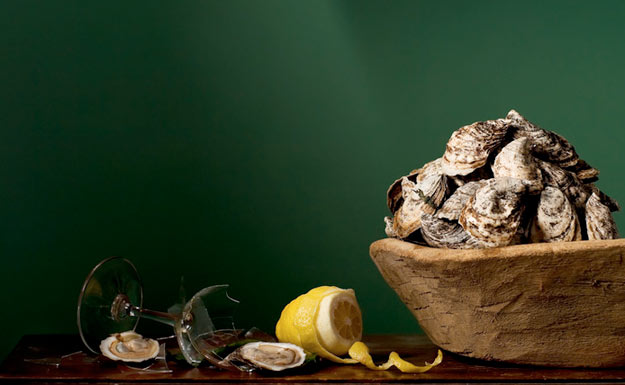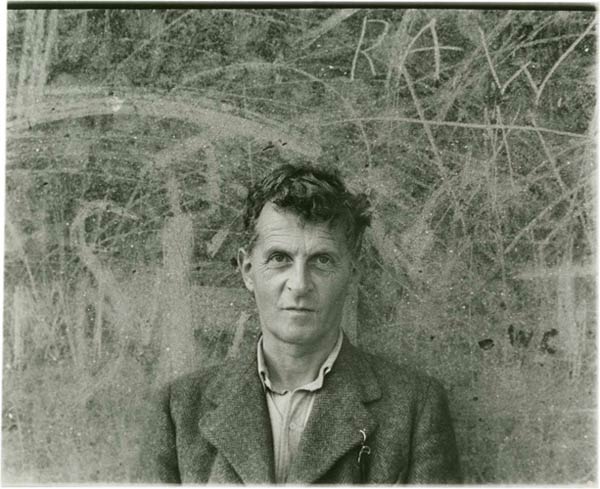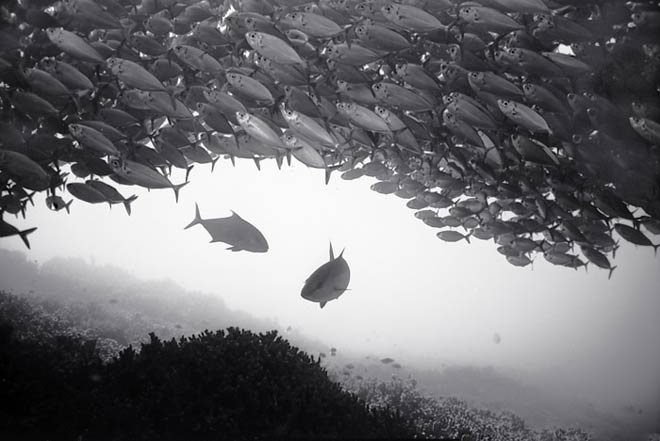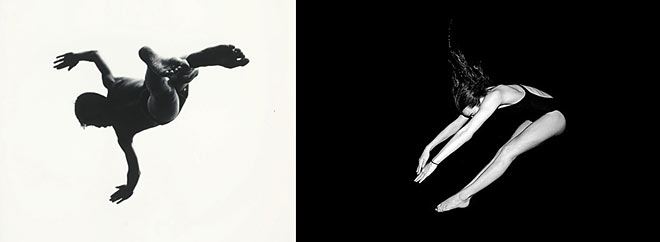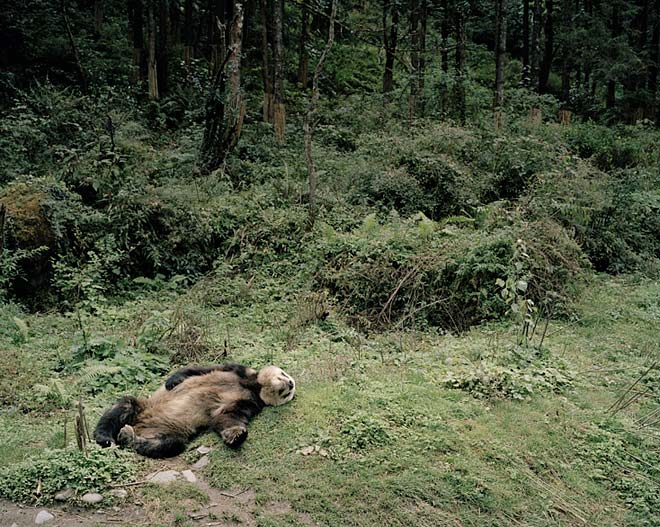photogs

Ron Jude: emmett is a book that brings form to a selection of my old, random photographs. (…) The heart of the project has to do with ideas about existence and the past. It’s structured to echo how we try to piece together coherent narratives through fragments of memory. (…)
Ed Panar: To me Same Difference is sort of an anti-project. I wanted to see what happened if you forgot about the rules, or never knew them in the first place. When you start noticing your own ‘rules’ or, habits of working, things start to become ambiguous pretty quickly. Why do we prefer doing things one way to another? What if we were to discover the basis for our strategies was arbitrary? If these pictures aren’t connected, can that be a point of connection? Photographs are so insanely open anyway. Even in the most constrained situations they will always be about more than the author was aware of in the moment.
{ Conversation between Ed Panar and Ron Jude | Ahorn |Continue reading }
photo { Ron Jude }
ideas, photogs | July 20th, 2011 4:52 pm
art, halves-pairs, photogs | July 18th, 2011 1:45 pm
health, photogs | July 15th, 2011 2:49 pm
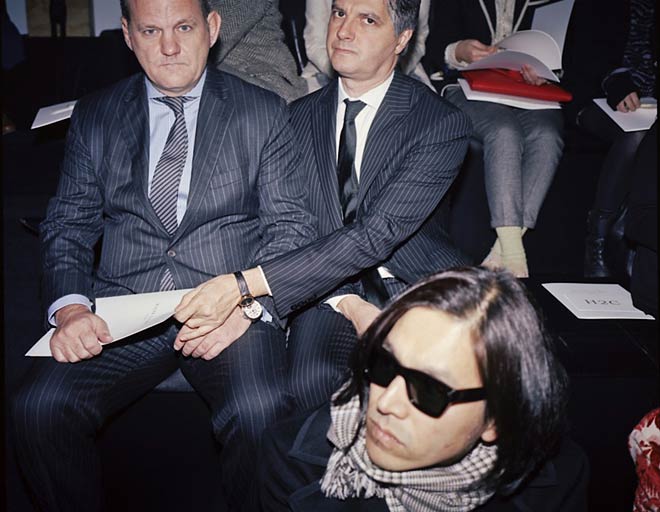
Internet websites and print journals are always trotting out essays by writers and editors and agents and readers about how nobody reads any longer—the reason being, these essays declare, that publishing houses simply want to crank out the cheapest book they can get by with, preferably in e-book format. This is certainly true. Major publishing houses are, without a doubt, money-grubbing book factories so intent on repeating the same paperback thrillers penned by ghostwriters that they increasingly treat serious literary writers without respect, not only financially, but also personally and artistically. All of this is true. But implicit in this argument, is that the writer is doing nothing wrong—and, is in fact generating engaging, progressive, striking works of art, which are in turn, rejected and incinerated by the publishing houses. And this, unfortunately, is certainly false. American realist writers—the vast majority of them—are also to blame for the no-one-is-reading crisis, because they have essentially ceased corresponding with and affecting American society, and their works have in turn, grown boring.
{ Ben Clague/Ugarte | Continue reading }
photo { Mustafah Abdulaziz }
books, ideas, photogs | July 12th, 2011 10:19 pm
animals, photogs | July 11th, 2011 5:47 pm

In the late 1990s, Jane Anderson was working as a landscape architect. That meant she didn’t work much in the winter, and she struggled with seasonal affective disorder in the dreary Minnesota winter months. She decided to try meditation and noticed a change within a month. “My experience was a sense of calmness, of better ability to regulate my emotions,” she says. Her experience inspired a new study which will be published in an upcoming issue of Psychological Science, a journal of the Association for Psychological Science, which finds changes in brain activity after only five weeks of meditation training.
Previous studies have found that Buddhist monks, who have spent tens of thousands of hours of meditating, have different patterns of brain activity. But Anderson wanted to know if they could see a change in brain activity after a shorter period.
{ EurekAlert | Continue reading | Related: Meditation as cheap, self-administered morphine }
Why does exercise make us happy and calm? (…) How, at a deep, cellular level, exercise affects anxiety and other moods has been difficult to pin down. The brain is physically inaccessible and dauntingly complex. But a recent animal study from researchers at the National Institute of Mental Health provides some intriguing new clues into how exercise intertwines with emotions, along with the soothing message that it may not require much physical activity to provide lasting emotional resilience.
{ NYT | Continue reading }
photo { T. Harrison Hillman }
guide, health, neurosciences, photogs, psychology | July 11th, 2011 5:21 pm
photogs | July 11th, 2011 5:00 pm

{ Clockwise from top left: blueberry, brussel sprout, vitamin c, shrimp, photographed by Caren Alpert }
food, drinks, restaurants, photogs | July 8th, 2011 8:00 am
photogs | July 6th, 2011 7:22 pm

Among ethical concepts, conscience is a remarkable survivor. During the 2000 years of its existence it has had ups and downs, but has never gone away. Originating as Roman conscientia, it was adopted by the Catholic Church, redefined and competitively claimed by Luther and the Protestants during the Reformation, adapted to secular philosophy during the Enlightenment, and is still actively abroad in the world today. Yet the last few decades have been cloudy ones for conscience, a unique time of trial.
The problem for conscience has always been its precarious authorization. It is both a uniquely personal impulse and a matter of institutional consensus, a strongly felt personal view and a shared norm upon which all reasonable or ethical people are expected to agree. As a result of its mixed mandate, conscience performs in differing and even contradictory ways.
{ Paul Strohm/OUP | Continue reading }
related { Can data determine moral values? }
photo { Uri Korn }
ideas, photogs, psychology | July 6th, 2011 6:35 pm
cats, photogs, taxidermy | July 1st, 2011 4:20 pm
animals, photogs | June 29th, 2011 4:05 pm
photogs, visual design | June 29th, 2011 4:00 pm
halves-pairs, leisure, photogs | June 28th, 2011 6:10 pm

At some point, the Mongol military leader Kublai Khan (1215–1294) realized that his empire had grown so vast that he would never be able to see what it contained. To remedy this, he commissioned emissaries to travel to the empire’s distant reaches and convey back news of what he owned. Since his messengers returned with information from different distances and traveled at different rates (depending on weather, conflicts, and their fitness), the messages arrived at different times. Although no historians have addressed this issue, I imagine that the Great Khan was constantly forced to solve the same problem a human brain has to solve: what events in the empire occurred in which order?
Your brain, after all, is encased in darkness and silence in the vault of the skull. Its only contact with the outside world is via the electrical signals exiting and entering along the super-highways of nerve bundles. Because different types of sensory information (hearing, seeing, touch, and so on) are processed at different speeds by different neural architectures, your brain faces an enormous challenge: what is the best story that can be constructed about the outside world?
The days of thinking of time as a river—evenly flowing, always advancing—are over. Time perception, just like vision, is a construction of the brain and is shockingly easy to manipulate experimentally. We all know about optical illusions, in which things appear different from how they really are; less well known is the world of temporal illusions. When you begin to look for temporal illusions, they appear everywhere.
{ David M. Eagleman/Edge | Continue reading }
photos { Henri Cartier-Bresson | Ruben Natal-San Miguel }
archives, brain, halves-pairs, photogs, time | June 27th, 2011 1:54 pm
animals, photogs | June 24th, 2011 2:00 pm
new york, photogs | June 18th, 2011 6:57 pm



{ 1. Chris on Senior Day, 1977 | 2. Pricilla, Jones Beach, 1969 | 3. Reflector: Jones Beach, 1972 | Joseph Szabo }
photogs | June 17th, 2011 2:45 pm



